 |
 |
 |
| |
Hepatitis C Risk-Based vs. Universal Screening Among
Pregnant Women: Implementation and Cost-Effectiveness Analysis
|
| |
| |
Reported by Jules Levin
AASLD 2018 Nov 9-13 SF

from press release: Based on this finding, the researchers concluded that risk-based HCV screening may result in a significant number of pregnant women not being correctly diagnosed with an active infection, and this may lead to a lack of linkage to appropriate care. By comparison, universal screening is more cost-effective and should be implemented in this patient population, they say. "Based on our study's findings, we hope institutions setting policies for HCV screening will quickly adopt the best practice of auto-reflexing all HCV antibody-detected screens to a quantitative PCR test," says Rose. "Doing so will allow providers to quickly identify active, chronic HCV infection, and subsequently link these patients to care or a cure." Rose goes on to note both Norton Healthcare and the University of Louisville School of Medicine identify close to 100 new HCV chronic active infections a month, and close to 80 percent of these patients are pregnant. This leads to next steps in the researcher's studies. "A new bill, SB250 recommends testing for children born from a pregnant woman who has a positive hepatitis C test result. Therefore, we are working on screening and linkage to care strategies for infants and children exposed to HCV via prenatal and household transmission, as well as linkage to care strategies for women identified as HCV positive during pregnancy." https://www.aasld.org/about-aasld/press-room/universal-hepatitis-c-screening-pregnant-women-more-cost-effective-risk-based-approach
Preliminary data from a new study presented this week at The Liver Meeting® - held by the American Association for the Study of Liver Diseases - found that universal screening of pregnant women at risk for hepatitis C virus (commonly called HCV) infection is a more efficient and cost-effective diagnostic approach than risk-based screening.
HCV infection cases have spiked among pregnant women in recent years (due, in large part, to the opioid epidemic). The CDC and the American College of Obstetricians and Gynecologists currently recommend risk-based screening, and universal screening is recommended by AASLD and the Infectious Diseases Society of America in their HCV Guidance.
"Approximately 50 percent of those infected with HCV do not know they're infected. Diagnosis is the first step in linkage to care," says Michelle Rose, MBA, infectious disease manager, Population Health, for Norton Healthcare and the study's co-author. "Research suggests that most infants acquire HCV infection during the delivery process. Pregnant women should be made aware the infection can be transmitted to their infant." Rose goes on to explain that with the effectiveness of new direct-acting antiviral drugs at a 95 to 98 percent cure rate for treatment-na´ve patients, eradication of the infection is possible.
In HCV screening, a positive HCV antibody test result is confirmed with HCV RNA PCR testing. This study's co-authors set out to compare the cost-effectiveness of the two testing methods at their institution, Norton Healthcare in Louisville, Ky. They conducted a retrospective analysis of risk-based screening from May 1, 2014 through Dec. 31, 2015, and a prospective analysis of universal screening from May 1, 2016 through Dec. 31, 2017. Testing practices included the proportion of positive screens, and the researchers performed confirmatory tests between the two periods. The goal was to analyze the cost-effectiveness of universal screening.
The researchers collected data on 19,452 pregnant women who were patients at their hospital from 2014 to 2017. They found that universal screening did not increase the likelihood of a positive HCV antibody test, but it was associated with an increased likelihood of the patient receiving a confirmatory RNA result. While the increased cost of universal screening is $308 per patient, it results in an incremental cost-effectiveness ratio of $18,139 per identified active infection gained, or $4,662 per quality-adjusted life year gained. This figure, according to the researchers, is below the willingness-to-pay threshold for cost-effectiveness.
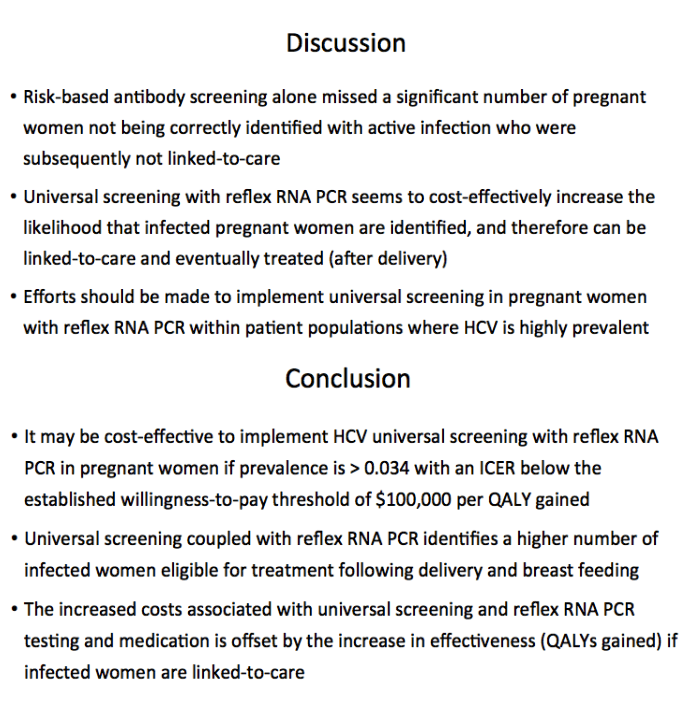
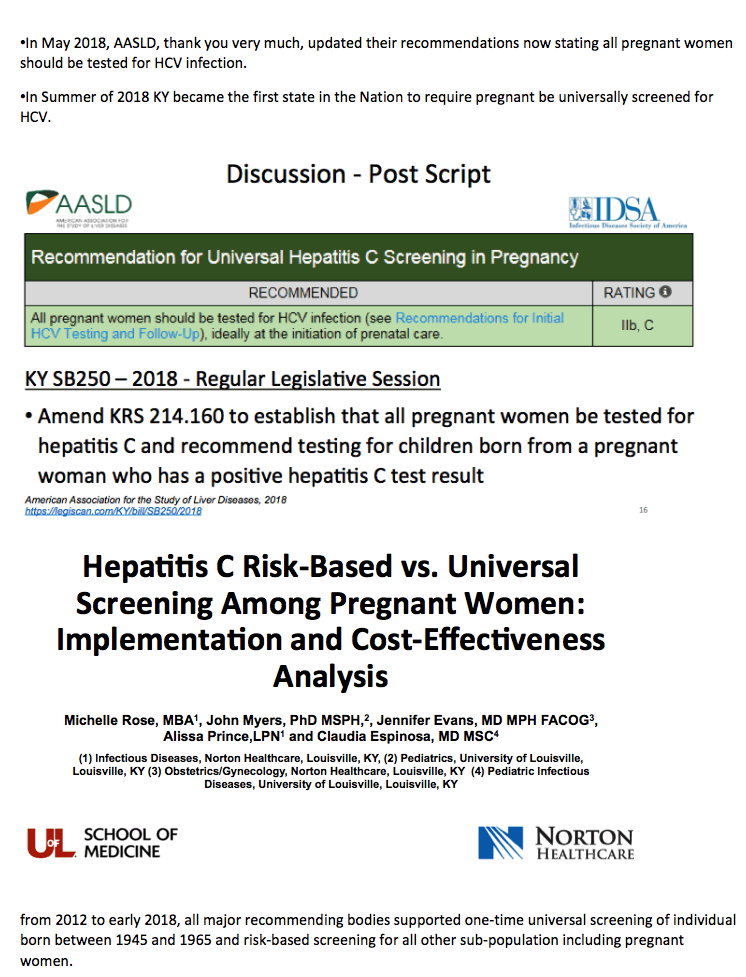
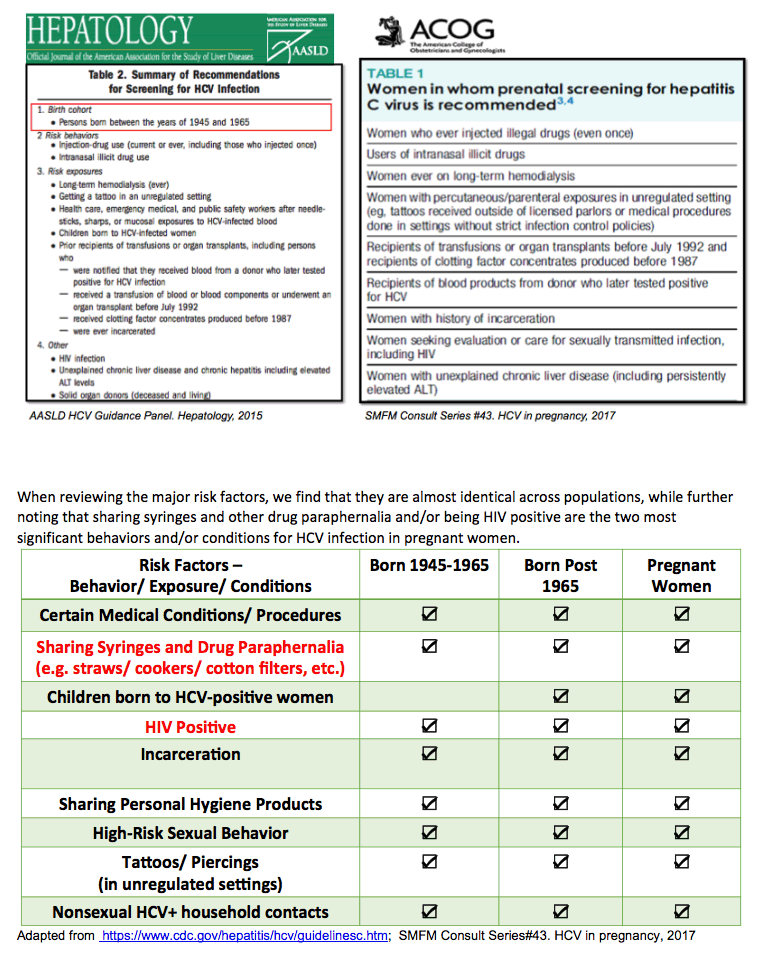
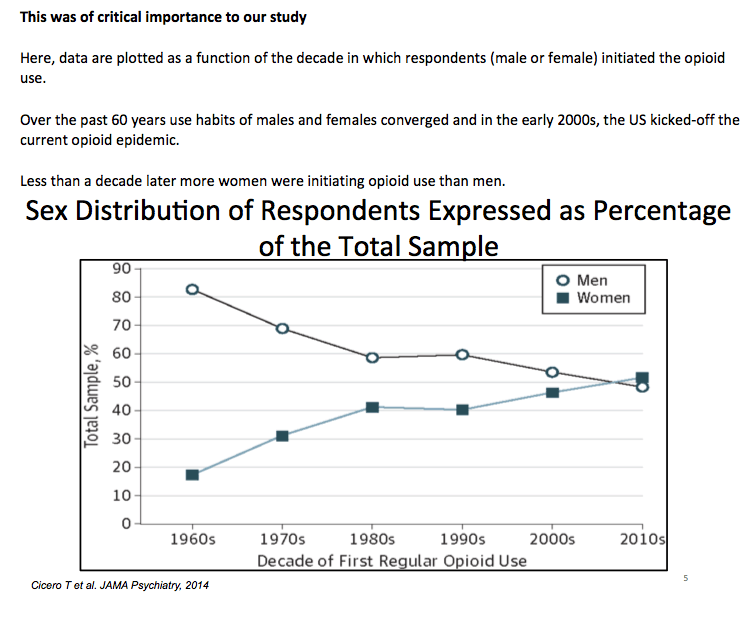
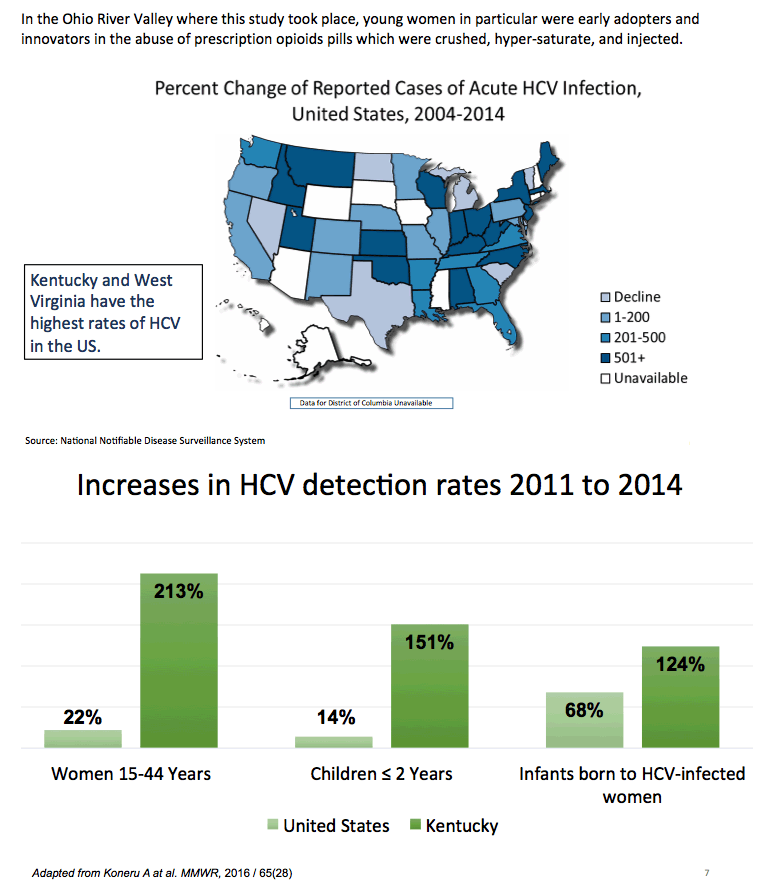
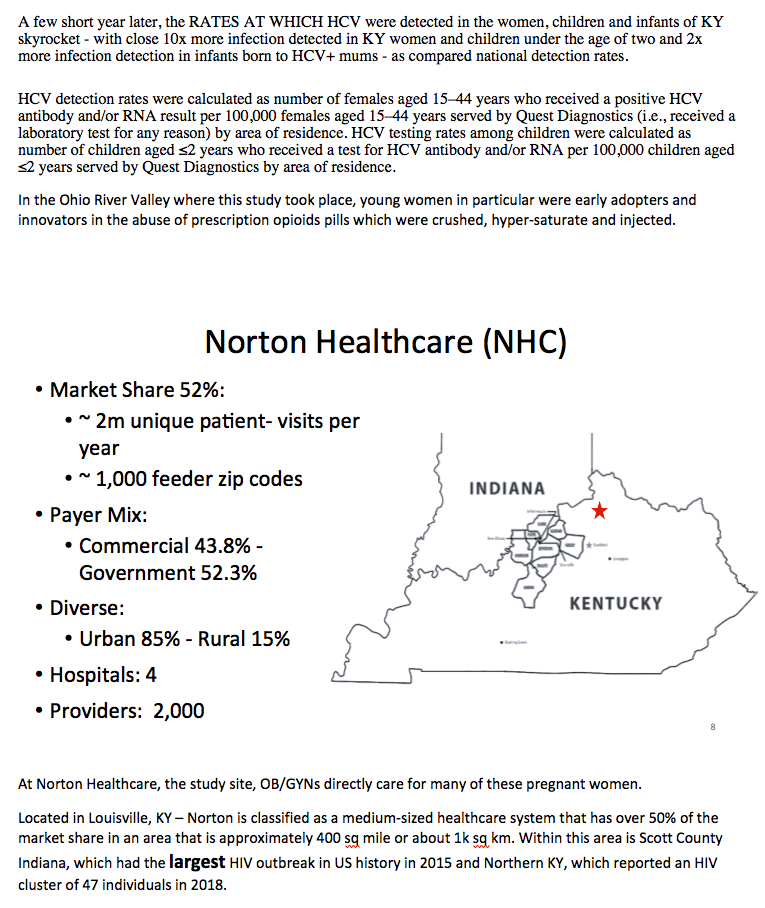
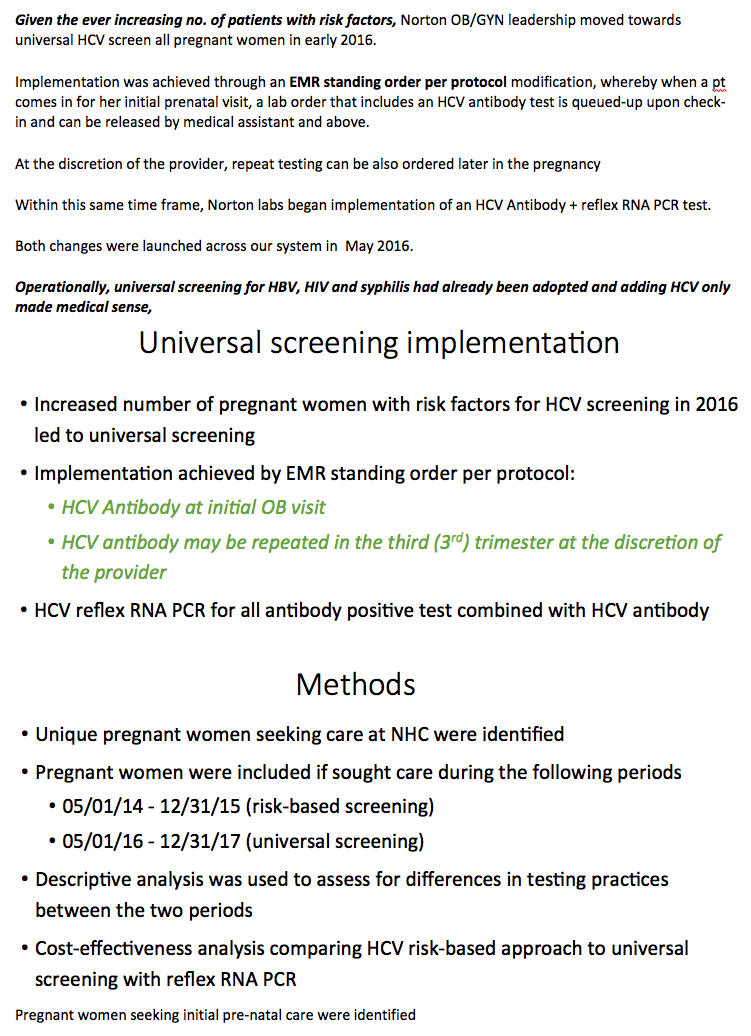

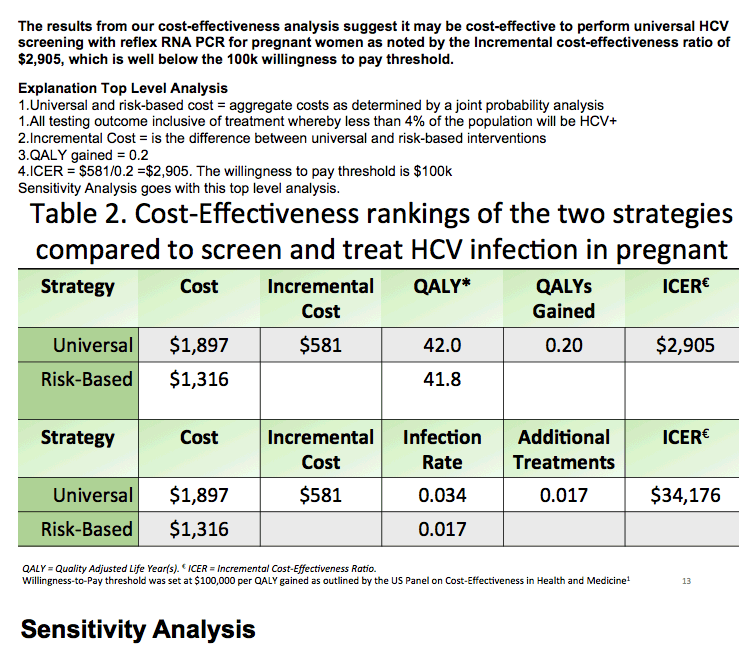
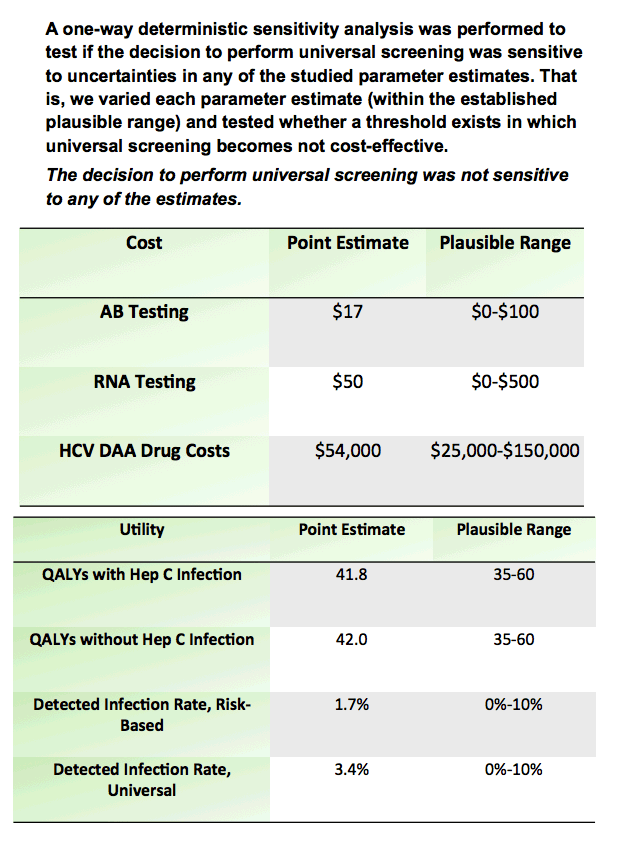

|
| |
|
 |
 |
|
|